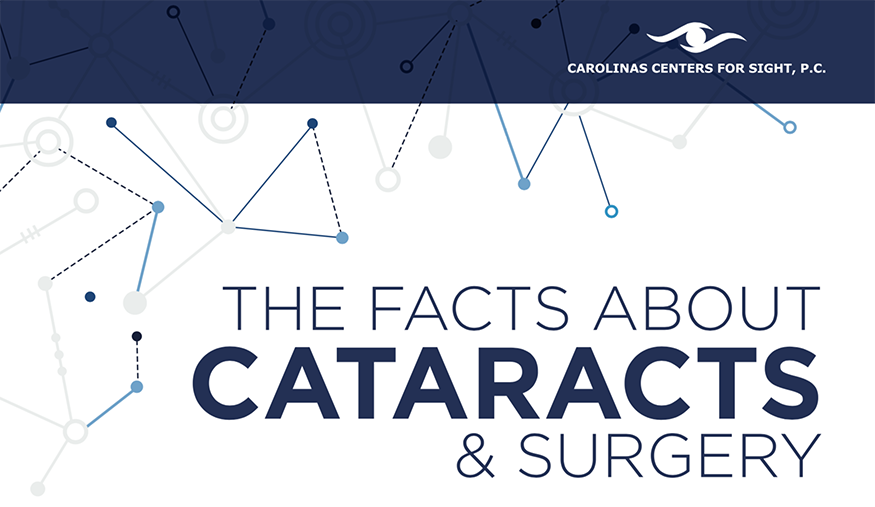Contrasting Traditional Cataract Surgical Procedure To Laser-Assisted Techniques: Benefits And Drawbacks
Contrasting Traditional Cataract Surgical Procedure To Laser-Assisted Techniques: Benefits And Drawbacks
Blog Article
Produced By- Highly recommended Webpage
When pondering the selection in between standard cataract surgical treatment and laser-assisted methods, you may find yourself evaluating the benefits and disadvantages each method provides. The decision exceeds the surface level of expense and precision, delving into the realm of long-lasting results and client complete satisfaction. As you browse via the complexities of these two approaches, it becomes necessary to recognize the nuanced information that can considerably influence your aesthetic clearness and total experience. Remain tuned to discover the important elements that will assist your decision-making procedure in this important element of eye treatment.
Standard Cataract Surgical Procedure Benefits And Drawbacks
When thinking about typical cataract surgical procedure, you may locate that it's a well-established and widely-used strategy. In this treatment, a specialist makes a small incision in the eye and utilizes ultrasound to separate the cloudy lens prior to removing it. When the cataract is eliminated, an artificial lens is put to recover clear vision.
Among the main advantages of standard cataract surgery is its track record of success. Several people have actually had their vision substantially enhanced through this treatment. In addition, conventional surgical treatment is usually covered by insurance policy, making it a more obtainable alternative for lots of people.
Nevertheless, there are some disadvantages to conventional cataract surgery too. Recovery time can be longer compared to newer techniques, and there's a slightly higher risk of issues such as infection or swelling. cataract surgery 1 week post op might additionally experience astigmatism or need analysis glasses post-surgery.
Laser-Assisted Techniques Advantages And Disadvantages
Exploring laser-assisted techniques for cataract surgical procedure reveals a modern-day approach that uses laser innovation to carry out essential action in the procedure. Among the primary benefits of laser-assisted cataract surgical treatment is its precision. The laser enables very precise incisions, which can cause far better visual end results. Furthermore, making use of lasers can decrease the amount of ultrasound energy needed during the surgical procedure, potentially decreasing the threat of problems such as corneal damage.
On the disadvantage, laser-assisted methods can be much more pricey compared to traditional approaches. This expense mightn't be covered by insurance, making it less accessible to some individuals.
One more factor to consider is that not all cataract specialists are learnt laser modern technology, which could restrict your options for selecting a surgeon.
Last but not least, while the laser can automate particular elements of the treatment, the surgery still calls for an experienced specialist to ensure successful outcomes.
Relative Evaluation of Both Methods
For a comprehensive understanding of cataract surgical procedure techniques, it's necessary to perform a comparative analysis of both typical and laser-assisted techniques.
Conventional cataract surgery entails hands-on incisions and the use of handheld tools to break up and eliminate the cloudy lens.
On the other hand, laser-assisted cataract surgery makes use of sophisticated innovation to produce specific incisions and separate the cataract with laser energy prior to removing it.
In terms of precision, laser-assisted methods offer a greater level of precision contrasted to traditional approaches. Making use of lasers permits modification of the treatment based on each client's eye makeup, potentially bring about better aesthetic outcomes.
However, laser-assisted cataract surgical treatment has a tendency to be much more expensive than standard surgical treatment, which may restrict ease of access for some patients.
While both methods are effective in restoring vision impaired by cataracts, the choice in between standard and laser-assisted techniques often depends on elements such as price, precision, and specific patient requirements.
Consulting with your ophthalmologist can help figure out the most suitable technique for your cataract surgical procedure.
Final thought
In conclusion, when deciding between conventional cataract surgical treatment and laser-assisted techniques, consider elements like price, accuracy, and specific needs. Conventional surgery provides a tested record and insurance coverage but may come with longer recovery times. Laser-assisted methods offer higher precision and customization yet can be a lot more pricey and not always covered by insurance coverage. Inevitably, the selection between both approaches depends on what is essential to you and your particular scenario.
